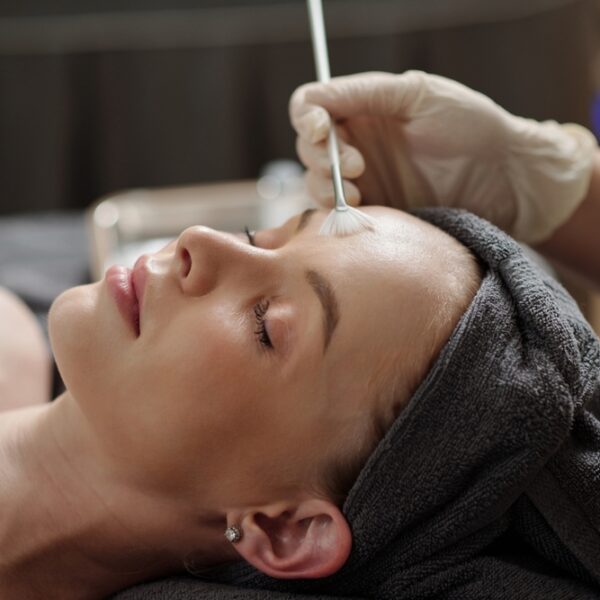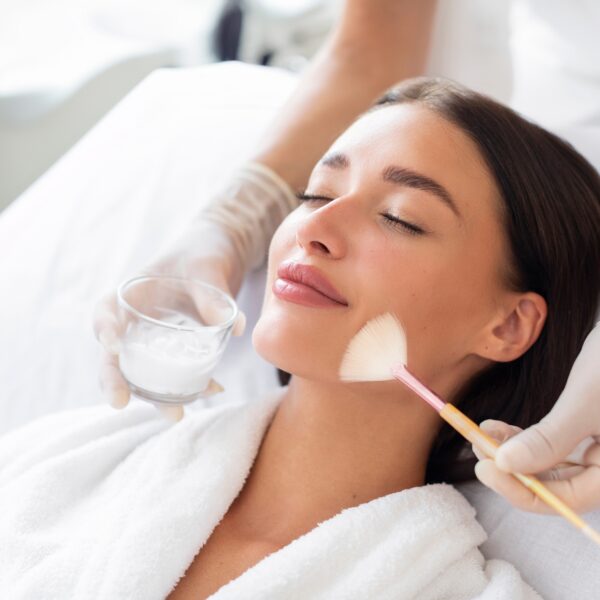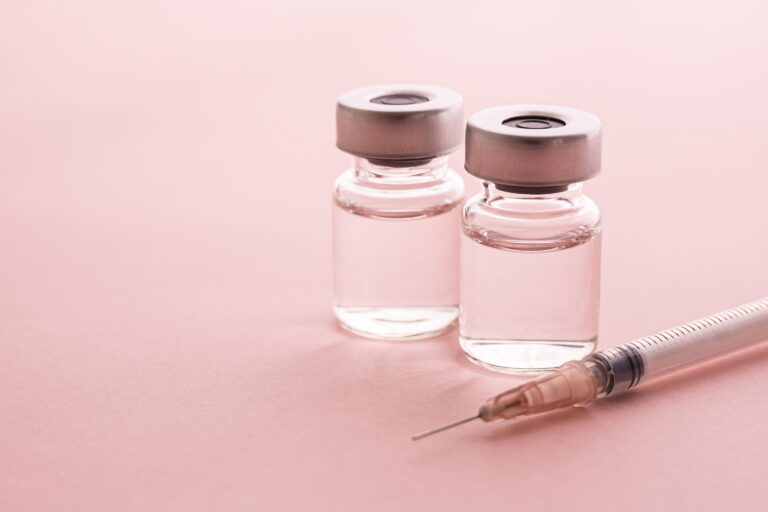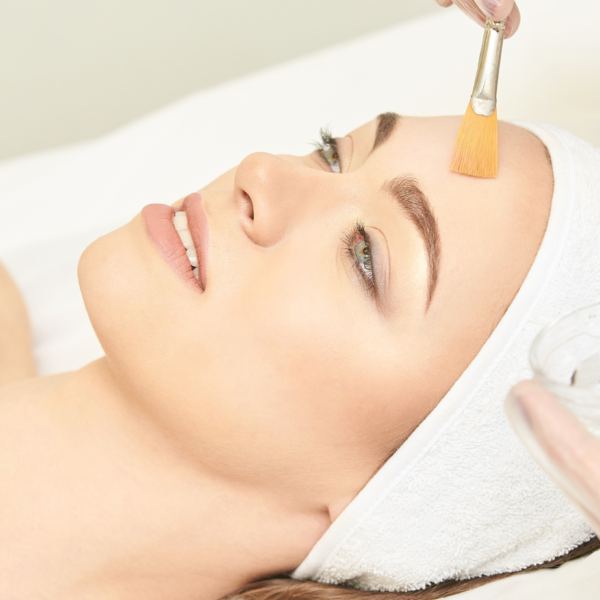HydraFacial vs. Chemical Peels: 2 Must Have Treatments for Spring Skin Rejuvenation
As spring breathes new life into nature, it’s also the perfect season to refresh and rejuvenate your skin. The question is HydraFacial or chemical peel? Both of these spa staples promise luminous skin, but which one delivers the best glow for springtime? At Blush MediSpa, we’re here to break down the differences, benefits, and seasonal advantages of each, so you can step into the new season with confidence and clarity.
Spring Skin Needs a Fresh Start
After months of harsh winter weather, your skin may be dull, dry, or flaky—crying out for renewal. Spring offers milder temperatures, increased moisture in the air, and fewer UV rays compared to summer, making it an ideal time to treat your skin. This is when deep exfoliation, hydration, and cellular turnover truly thrive without extreme sun exposure disrupting your recovery.
Whether you’re aiming to prep your skin for a sun-kissed summer or want to restore your post-winter radiance, a professional-grade facial can do wonders. But here’s the catch: choosing the right one makes all the difference.
What Is a HydraFacial?
A HydraFacial is a non invasive, multi-step treatment that combines cleansing, exfoliation, extraction, hydration, and antioxidant protection. It uses a vortex fusion delivery system that painlessly removes dead skin cells and impurities while simultaneously delivering serums tailored to your skin’s specific needs.
Key Benefits of HydraFacials for Spring
- No downtime – perfect for spring events, brunches, and travel.
- Hydrates skin deeply, helping transition from winter dryness.
- Boosts collagen, which naturally dips in cold seasons.
- Ideal for all skin types, including sensitive or acne prone skin.
- Immediate glow-up –skin looks radiant right after treatment.
With seasonal allergens in full swing, a HydraFacial also calms inflammation and refreshes your complexion without stripping the skin barrier.
What Is a Chemical Peel?
A chemical peel involves applying a solution—typically made from alpha-hydroxy acids (AHAs) or beta hydroxy acids (BHAs)—to remove the outermost layers of skin. This process encourages cell turnover and stimulates collagen production, revealing smoother, brighter skin underneath.
Key Benefits of Chemical Peels for Spring
- Effectively treats sunspots, hyperpigmentation, and acne scars.
- Unclogs pores and improves skin texture and tone.
- Encourages natural cell regeneration.
- Great for oily or acne prone skin that needs a reset.
- Preps skin for summer SPF use and makeup application.
Because the sun isn’t yet at its peak, spring is the safest time to get a medium-depth peel without risking post-treatment sun damage.
HydraFacial vs. Chemical Peels: A Side-by-Side Comparison
| Feature | HydraFacial | Chemical Peel |
|---|---|---|
| Skin Type | All types (even sensitive) | Normal to oily, acne-prone |
| Recovery Time | None | Mild to moderate (1-5 days depending on depth) |
| Primary Benefit | Hydration and gentle resurfacing | Deep exfoliation and pigment correction |
| Ideal For | Dehydrated, dull, or aging skin | Acne, fine lines, uneven skin tone |
| Customization | High (serum cocktails) | Varies by peel type |
| Spring Suitability | Excellent for pollen and allergy season | Best in early spring or cloudy days |
How to Choose the Right Spring Facial
Now for the million-dollar question: which one should you choose this spring?
Go for a HydraFacial if:
- You want instant results before a big event.
- Your skin feels dry, dull, or puffy from winter.
- You have sensitive skin that reacts easily.
- You’re looking for zero downtime.
Opt for a Chemical Peel if:
- You’re tackling deeper skin issues like sun damage or acne.
- You’re okay with a bit of flaking or downtime.
- You want longer-lasting, more dramatic results.
- You’re doing spring prep for summer-ready skin.
Of course, the best way to decide is with a personalized consultation at Blush MediSpa. Our skincare professionals tailor every treatment to your unique skin type, lifestyle, and seasonal concerns.
Why Spring Is the Sweet Spot for Skin Renewal
Spring’s mild UV exposure and more balanced humidity create the perfect conditions for facial treatments to work their magic. You’re not yet overexposed to sun, and your skin isn’t battling the extremes of winter or summer.
It’s also the season when most people refresh their routines—be it skincare, fitness, or wardrobe. So why not your skin health too?
HydraFacial vs Chemical Peels: The Verdict for Spring Skin
There’s no universal winner here—both treatments are effective, powerful, and skin transforming in their own way. The real win lies in understanding your skin’s current condition and choosing the facial that will help you glow into the season.
At Blush MediSpa, our skilled estheticians help you navigate that choice with expert advice, custom treatment plans, and a touch of pampering that goes beyond skin deep.
So, this spring, whether you go for the gentle touch of a HydraFacial or the deep renewal of a chemical peel, just know—your glow is in good hands.
FAQs About HydraFacial vs. Chemical Peels
Can I combine a HydraFacial and a chemical peel?
Yes! In some advanced protocols, a light peel can be integrated into your HydraFacial session. Always consult your esthetician.
How often should I get these treatments in spring?
HydraFacials can be done monthly, while chemical peels are typically done every 4-6 weeks depending on strength.
Is there any post-treatment care I should follow?
Yes—hydration, gentle cleansing, and sun protection are essential for both. Skip exfoliants for a few days.
Which treatment helps more with acne?
Chemical peels are more effective for deeper acne and post-acne marks, though HydraFacials are great for prevention and mild breakouts.
Are these treatments safe for darker skin tones?
HydraFacials are generally safe for all skin tones. For chemical peels, opt for ones designed for Fitzpatrick skin types IV-VI to avoid hyperpigmentation.
Can I get either of these treatments before a vacation?
HydraFacials are vacation friendly. For chemical peels, plan them at least 2 weeks before your trip to avoid sun exposure during healing.
Whether you’re seeking instant radiance or long-term correction, spring is the best time to invest in your skin. At Blush MediSpa, we’re passionate about helping you glow confidently into the new season with facials that match your lifestyle, goals, and skin type.
Book your personalized spring skin consultation today and let’s find your perfect facial match!




